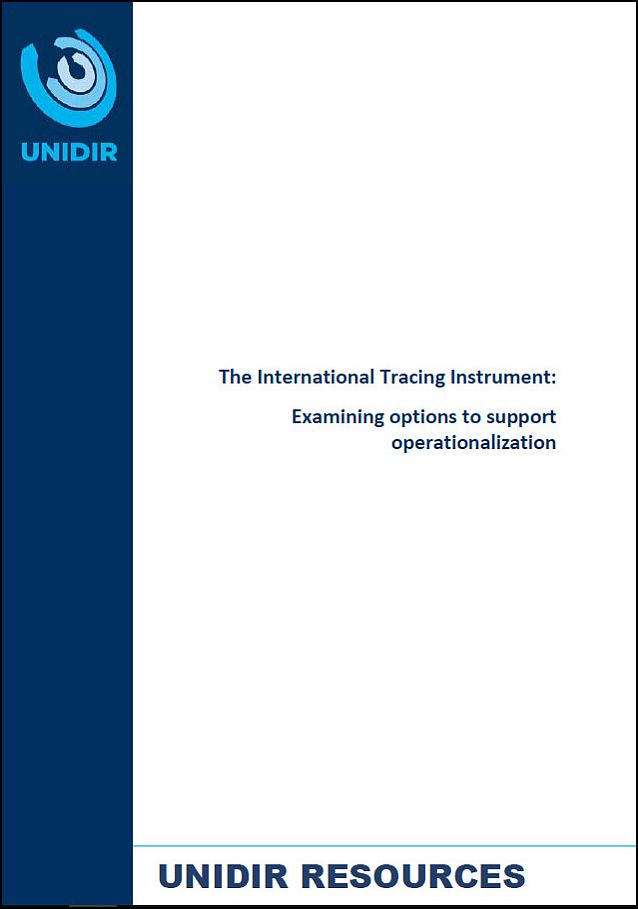The International Tracing Instrument was adopted in December 2005 to enable States to identify and trace, in a timely and reliable manner, illicit small arms and light weapons. However, several persistent challenges have impeded its full operationalization, including issues concerning identification, marking, record-keeping and information sharing. In addition, emerging technological trends (such as 3D-printed weapons) and wider contextual factors have had an impact on its implementation.
This report examines key challenges to the operationalization of the ITI and presents a series of policy-orientated recommendations to strengthen the ITI in the future.
Citation: Conventional Arms and Ammunition Programme (2018) "The International Tracing Instrument: Examining Options to Support Operationalization", UNIDIR, Geneva. https://doi.org/10.37559/CAAP/18/ASC/03
